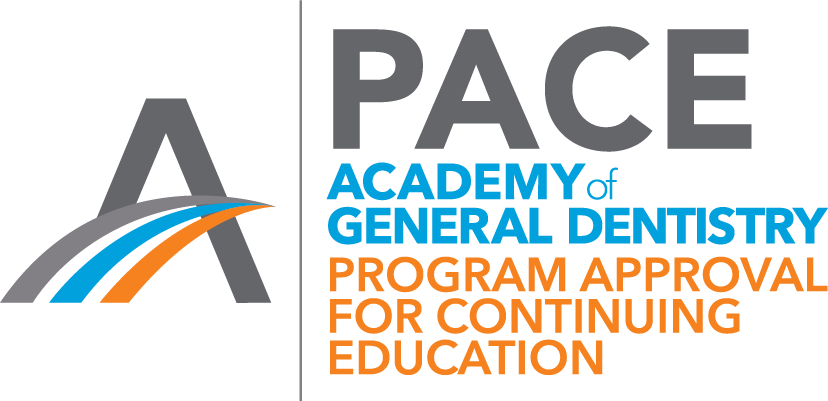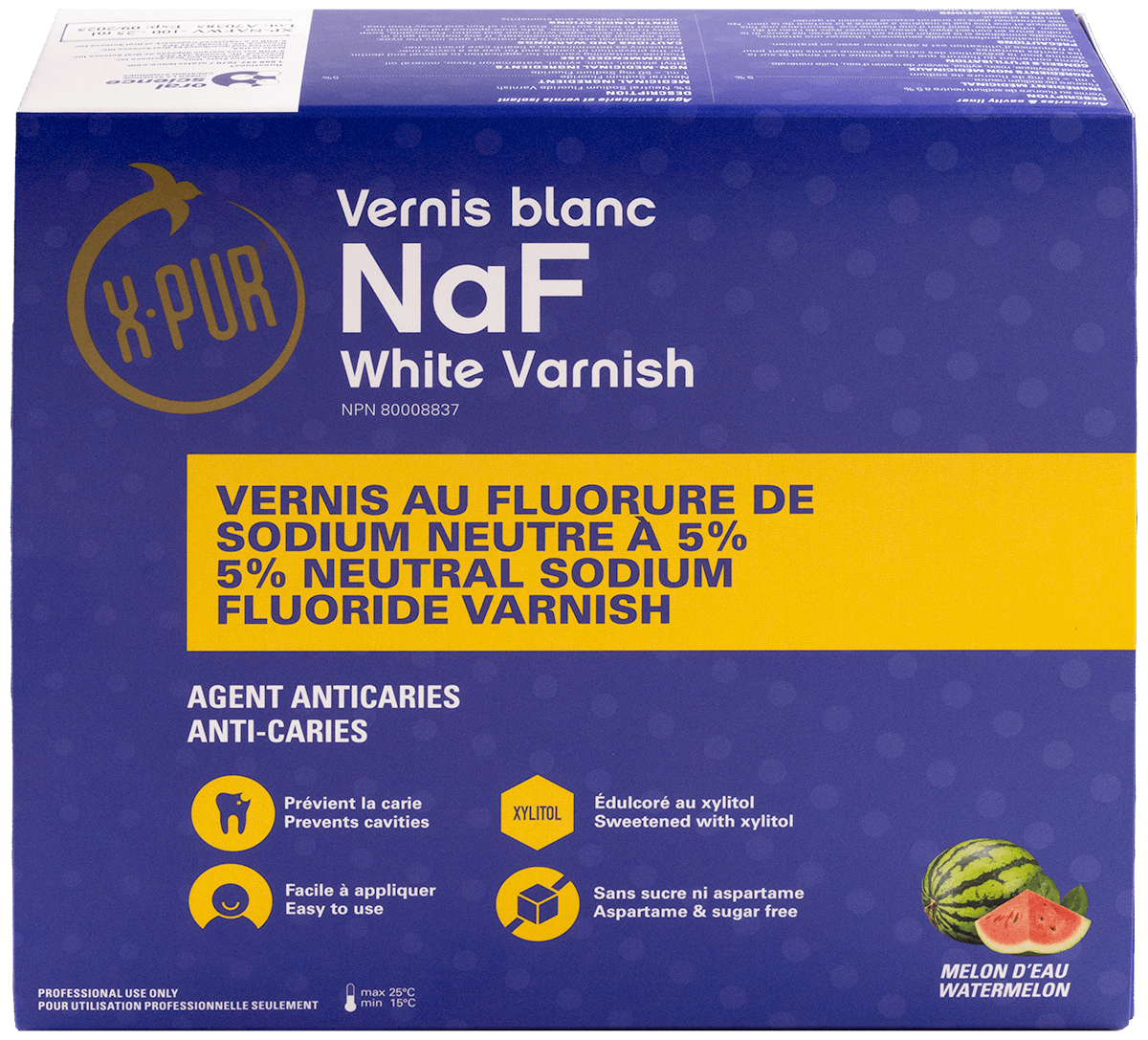
Schedule a Presentation With Us!
- PapaCarie for Caries Removal
- PerioMonitor Saliva Test
- Woodpecker Laser Smart Blue
- Woodpecker Endodontic

We use cookies!
We use cookies to improve your website experience and analyze traffic. These cookies are necessary for the site to function properly and help us understand how you use it. The information collected remains anonymous and is used for analysis purposes only. By continuing to browse our site, you accept the use of these cookies. If you do not want your data to be used in this way, please click decline. You can read our document on the potection of personal information (Law 25) here

Fluoride varnish works by increasing the concentration of fluoride in the outer surface of teeth, thereby enhancing fluoride uptake during the early stages of demineralization. The varnish hardens on the tooth as soon as it comes in contact with saliva, allowing the high concentration of fluoride to be in contact with tooth enamel for an extended period of time (about 1 to 7 days). This is a much longer exposure compared to other high strength sodium fluoride products, which are typically 10 to 15 minutes. The amount of fluoride deposited on the tooth surface is considerably greater in demineralized areas versus sound tooth surfaces. Thus, the benefits of fluoride varnish are greater for patients at high or moderate risks for caries or demineralization.
• Less viscous and easier to apply
• Sweetened with xylitol for a great taste
Anti-caries
Medicinal Ingredient
5 % Neutral Sodium Fluoride (22,600 ppm F)
Non-Medicinal Ingredients
Rosin LT, ehtyl alcohol, wax (natural), fruit flavor, sucralose, xylitol, white coloring (titanium dioxide).
• High risk caries
• Pediatrics
• Tooth sensitivity
Watermelon
80008837
Adults (0.50ml) and children (0.25ml)
High risk for caries or demineralization
Every 3 months
High risk for caries or demineralization
Every 6 months
1. Open varnish from the same end as the bristles.
2. Thoroughly mix the varnish with the brush until completely
uniform for approximately 20 seconds.
3. Paint on a thin even layer to the areas being treated. Do not
saturate the brush with the varnish to avoid varnish dripping.
4. Instruct the patient not to brush teeth or floss, to choose a softer
food diet and to avoid hot fluids and alcohol containing products in
order not to remove the applied varnish for at least 3 to 6 hours or
preferably overnight.
Ulcerative gingivitis and stomatitis.